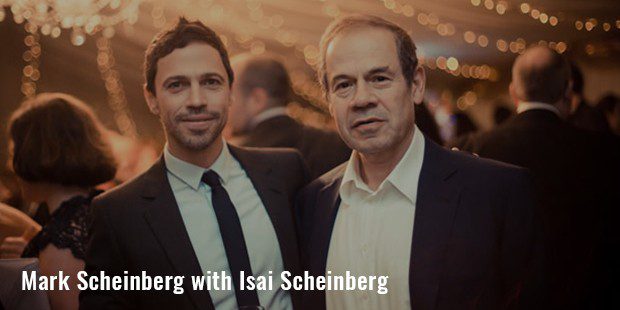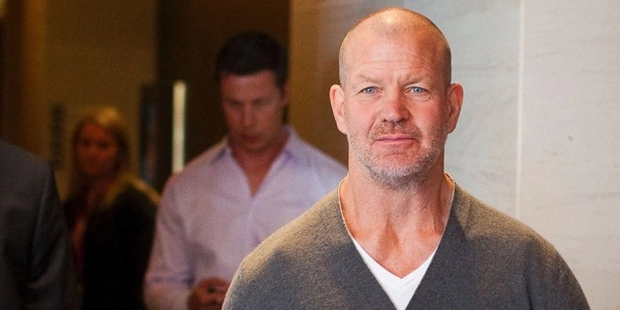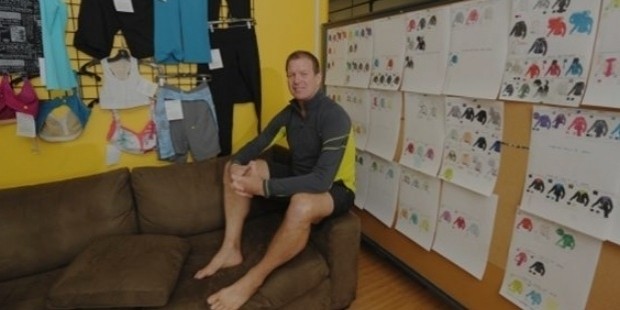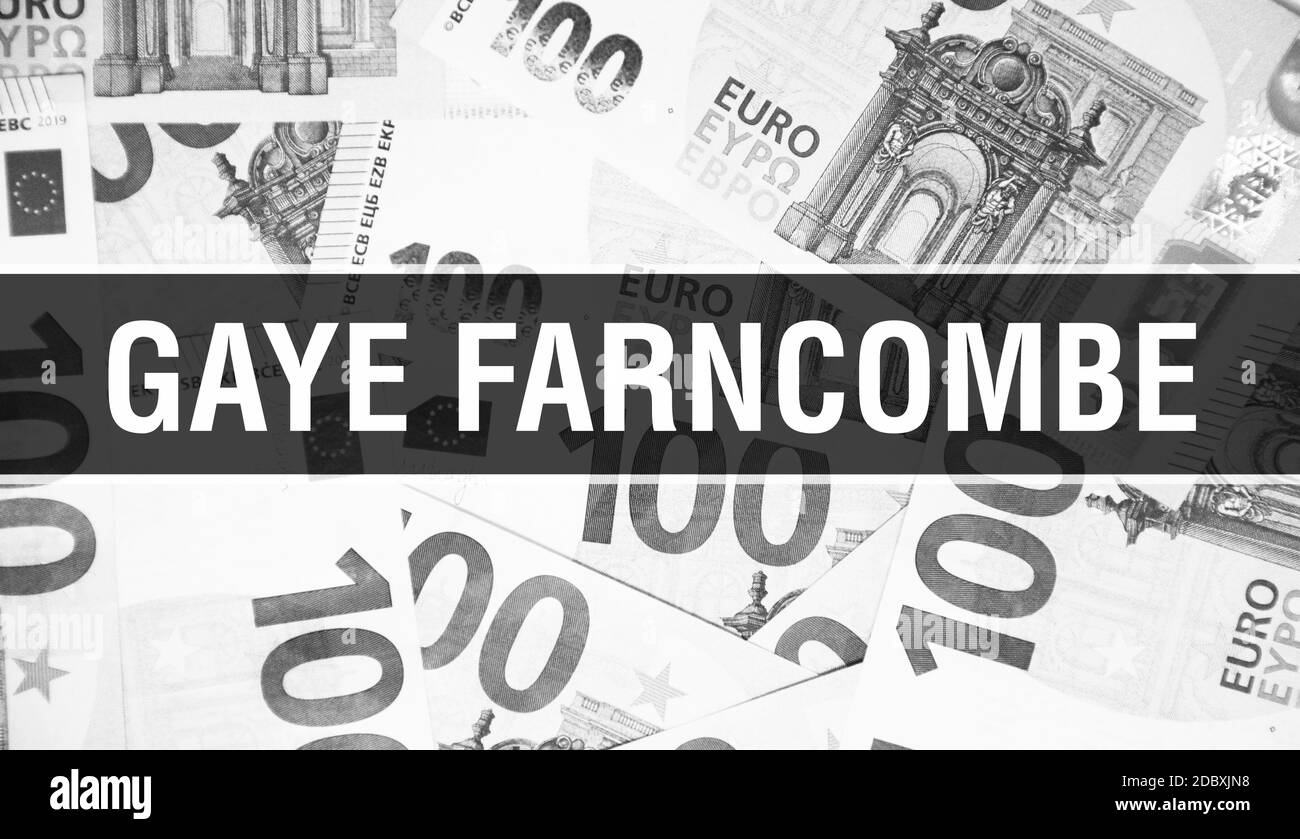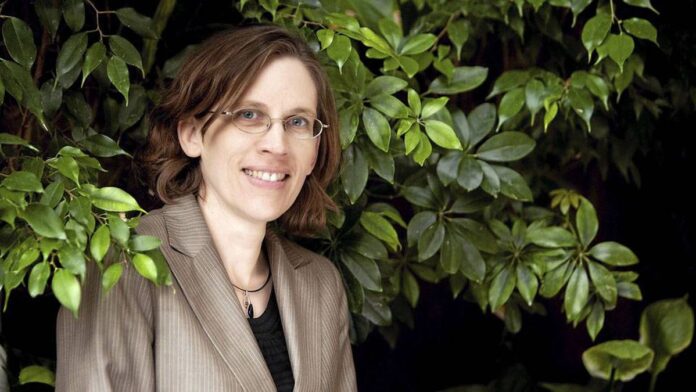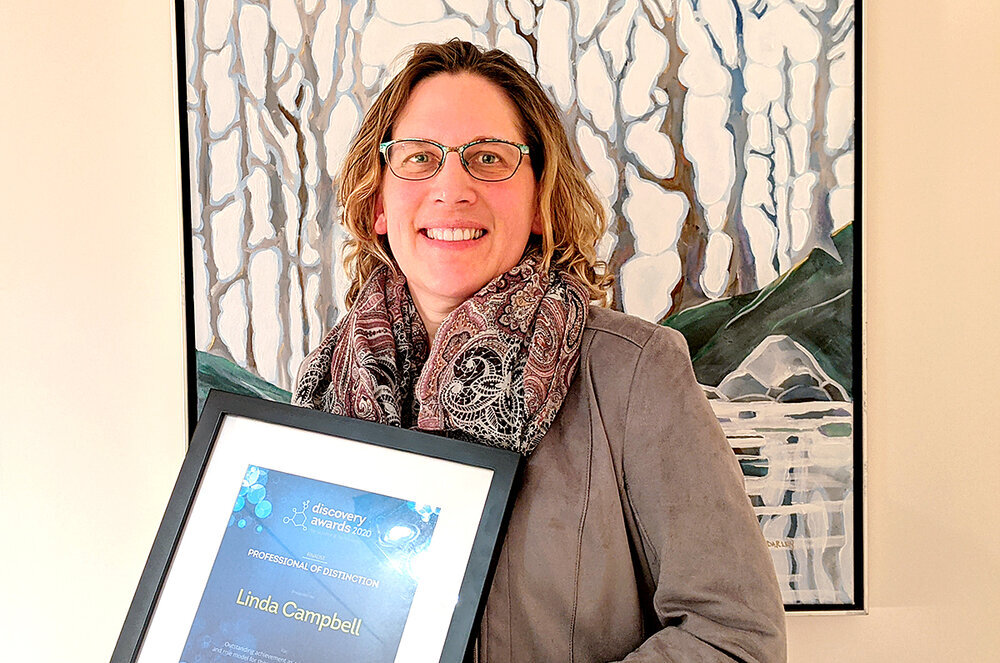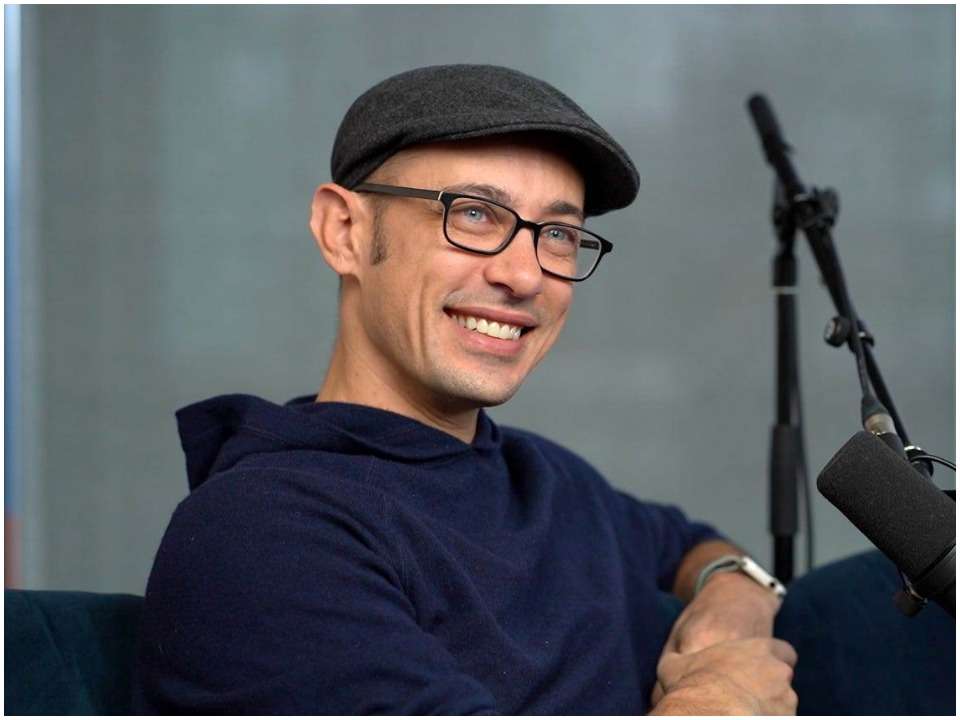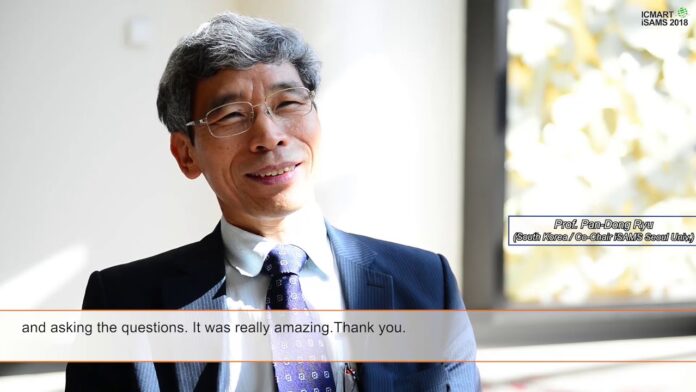“I haven’t done the numbers, so I really don’t know,” Pattison said in a telephone interview yesterday. “I never pay attention to that.”
Thomson owns about 14 percent of Woodbridge, the Ontario-based firm that manages the family’s assets, according to a person familiar with the Thomson family’s finances who asked not to be identified because the company is closely held. Chief among Woodbridge’s assets is a 55 percent stake in Thomson Reuters Corp., the world’s largest financial data company.
In addition to his stake in Woodbridge, Thomson owns Osmington, a commercial real estate developer, a collection of John Constable paintings and a minority interest in the Winnipeg Jets hockey team. He has a net worth of $4 billion, according to the Bloomberg ranking, which had attributed the entire Thomson family fortune to him since its inception in March 2012.
Richest Woman
Thomson’s cousin, Sherry Brydson, owns at least 23 percent of Woodbridge. Through Westerkirk Capital, her Toronto-based family office, she also owns a turboprop manufacturer on Vancouver Island, the Moose FM radio network in Ontario, and a hotel developer in Nova Scotia. Together, the low-profile heiress has a fortune valued at $6.5 billion, according to the Bloomberg ranking, making her the richest woman in Canada.
“Most people don’t know she exists,” Trevor Cole, a novelist and journalist who has written about the family, said in a phone call from his Toronto office. “People who read the paper know the name Thomson and know that they are rich people, but beyond that they have no sense of them.”
Brydson, whose age couldn’t be confirmed, is one of six members of the Thomson family who have never appeared on an international wealth ranking. She and four of her first cousins are the first Canadian women to be identified as billionaires, according to data compiled by Bloomberg.
Seven Grandchildren
Since the 2006 death of then-Woodbridge chairman Kenneth Thomson, his son, David, has been touted as Canada’s wealthiest person. New reporting shows that all seven grandchildren of company founder Roy Thomson inherited various stakes in Woodbridge.
In an interview at his Vancouver office last year, Pattison, who also owns the Ripley’s Believe It or Not exhibition and publishing franchise, said Ken Thomson told him the empire was split among his extended family.
According to the person with knowledge of the Thomson family’s assets, patriarch Roy Thomson left his son, Kenneth, about 42 percent of his fortune. His two daughters, Audrey and Irma, received about 33 percent and at least 23 percent, respectively. After their deaths, Kenneth’s and Audrey’s stakes were divided among the three children they each had. Irma had one child, Sherry Brydson.
David Girardin, a Thomson family spokesman, said they declined to comment. The company competes with Bloomberg News and its parent Bloomberg LP in providing news and data to banks, governments and other customers.
Family Fortune
The revelation about how the Thomson fortune is divided comes amid a rally in Thomson Reuters stock, which has climbed 28 percent this year, lifting its market value to about $31 billion.
David Thomson is chairman of Thomson Reuters and inherited the peerage title Baron Thomson of Fleet that was created for his grandfather. His two siblings, Peter and Taylor, have $3.8 billion fortunes. Peter Thomson, 48, is a co-chairman of Woodbridge and a Thomson Reuters board member.
Taylor Thomson, 54, was an actress in the 1990s, appearing in supporting roles on television dramas and in a video game, Privateer 2: The Darkening, which starred Christopher Walken and Clive Owen.
Rounding out the Thomson billionaires are the daughters of Roy’s third child, Audrey. Linda Campbell, Gaye Farncombe and Susan Grange each hold about 11 percent of Woodbridge, according to the person. They each have $2.9 billion fortunes, the ranking shows. Grange, 59, owns the 500-acre Lothlorien Farm in Chethelham, Ontario, where she breeds champion horses, including steeds on Canadian Olympic Equestrian teams.
Three Sisters
Farncombe, 62, and her husband, Murray, are co-owners of Murron’s Cabinetree, a company based in Oakville, Ontario, that makes furniture from reclaimed wood. Linda Campbell, 64, has led the sisters’ philanthropic efforts.
In 2011, the trio gave $30 million to establish the Campbell Centre for Addiction and Mental Health in downtown Toronto, named for their mother Audrey and father Elwood Campbell, who was an elementary school teacher. They also have given more than $67 million to cancer research at Princess Margaret Hospital since 2004, according to the Toronto hospital.
The Thomson family fortune originated with Roy Thomson, a Depression-era radio salesman who figured it would be easier to sell his equipment if there were more radio stations, according to a Canadian Communications Foundation biography.
Moose FM
In 1931, he purchased a station in North Bay, a railroad town in Ontario. A few years later, he bought a newspaper in Timmins, Ontario, the start of what would be an empire of 200 newspapers stretching across North America and the U.K., where he owned the crown jewel of British broadsheets, The Times of London.
Brydson is Canada’s third-richest person, trailing Pattison, who expects his company’s revenue to increase to $8.1 billion this year, and Galen Weston, whose grocery and retail fortune is valued at $8.7 billion, according to the Bloomberg ranking.
She lives in a home overlooking the Strait of Juan de Fuca in Victoria, British Columbia. At times, her investment approach has mirrored her grandfather’s. In April 2012, Westerkirk bought Vista Radio and Haliburton Broadcasting Group Inc. for C$65.5 million ($62 million). The purchases gave the investment company 62 radio stations, including the Moose FM network around North Bay.
Through Westerkirk, Brydson also has invested in a mattress retailer and ambulance manufacturer, and developed hotels with Marriott in Nova Scotia, according to data compiled by Bloomberg. Brydson also owns the luxury Elmwood Spa in downtown Toronto, where customers pay $180 for seaweed detox treatments.
Twin Otter
David Ryan, a spokesman for Brydson, said the heiress declined to comment.
In 2003, Brydson bought Viking Air Ltd., which in 2008 revived production of the Twin Otter, a Canadian aircraft renowned for its ability to take off and land on dirt runways, water and ice using fixed wheels, pontoons or skis. Customers of the planes, which sell for $7 million each, include the Royal Canadian Air Force and Malaysia Airlines. In June, Viking said it had an order backlog of more than $400 million.
“They’re a niche business,” said Chris Murray, an aviation analyst at AltaCorp Capital Inc. in Toronto. “But they seem to be doing well in their niche.”

